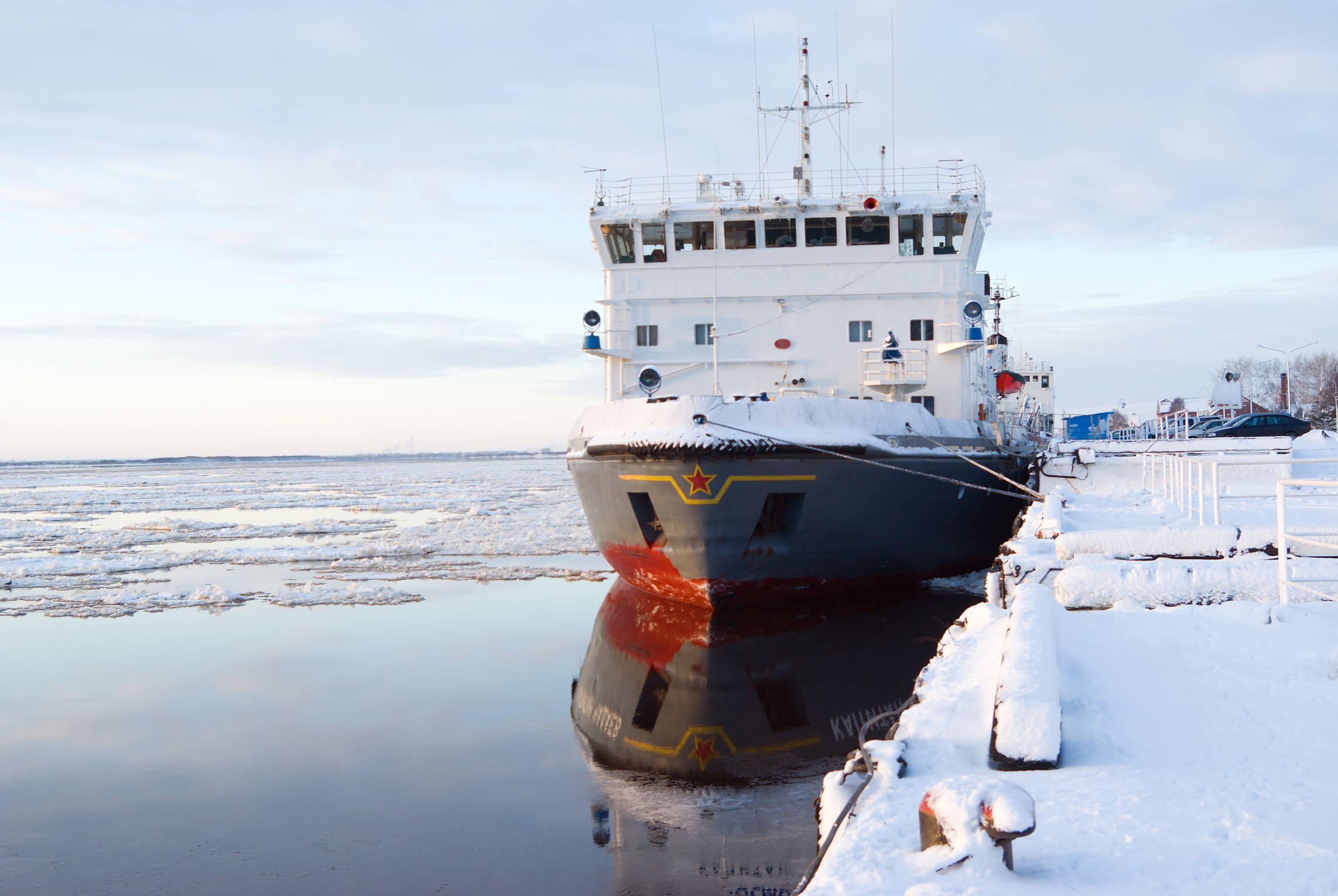Few days ago Marsh LLC, a company for insurance broking and risk management based in New York, has released the paper "Arctic Shipping: Navigating the Risk and Opportunities".

The melting of sea ice, recent discoveries of oil and gas North of Alaska, Canada and around Greenland, and the potential financial and time savings, among other factors, are making the Arctic routes increasingly appealing to the international marine transportation networks. On the other side, extreme climate weather, floating ice, thick fog, violent storms, vessels still too vulnerable to ice damage and machinery breakdown, crews not prepared enough for such conditions, and lack of infrastructures have made the Arctic routes way less appealing for marine insurance companies.
In the report, Marsh experts have considered many factors that considerably challenge insurers.
First, some hull considerations. Despite the introduction of the Polar Ice Class for vessels (2007), many challenges remain, increasing the possibilities of grounding, machinery breakdowns, fire. Among them:
- Extreme cold cause engine problems
- Reduced coverage of GPS and Galileo
- Innacurate/limited charts and hydrographic surveys
- Restricted visibility due to fog
Secondly, the experts analysed existing infrastructures along the Arctic Routes. Again, despite the efforts of the Polar Ice Class code and proposed Polar Code, the paper considers that if a vessels does suffer an accident, there are serious concerns over the distance to adequate salvages services or repair facilities, especially in the eastern part of the NSR.
In addition, wreak removal could prove extremely costly (if at all possible), if crew members are injured or become ill, hospitalization could be a major challenge due to the remoteness of the Arctic routes, and the risk of pollution is very high. In fact., the risk of pollution in the Arctic is perhaps the greatest concern for P&I insurers, as oil reacts differently in cold temperatures where it is less responsive to chemical dispersants, and, considering that for large periods of the year it is almost constantly dark in the region, it is difficult, even by air, to spot and locate pollutants.
Marsh experts concluded:
As things currently stand, the majority of ships and their crews are not ready, the support service facilities are not in place, and the risks involved are not understood at a level to enable underwriters to price insurance for Arctic transit with either clarity or certainty. Use of the NSR accounts for a comparatively small percentage of the total global marine transport activity, and to date the NWP has only been used by a few vessels. Nevertheless, these levels appear set to increase significantly over the coming years, especially with discoveries of huge mineral resources in the north of Russia, extending out into the Arctic Ocean, Kara, Pechora, Laptev, and East Siberian Seas. Add to this the increasing finds of oil and gas deposits north of Alaska, Canada, and around Greenland, and it is perhaps inevitable that hull and P&I insurers will be more frequently asked to consider allowing vessels to navigate the northern waters. However, underwriters’ concerns surrounding remoteness, lack of salvage support services, and other risks means that it is by no means certain that they will accommodate such requests. If and when they do, such negotiations will need to be handled carefully by those who have been studying and engaged in the issues of this region for some time already.
Read more at Marsh.
